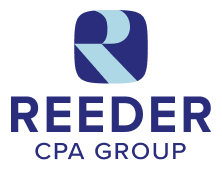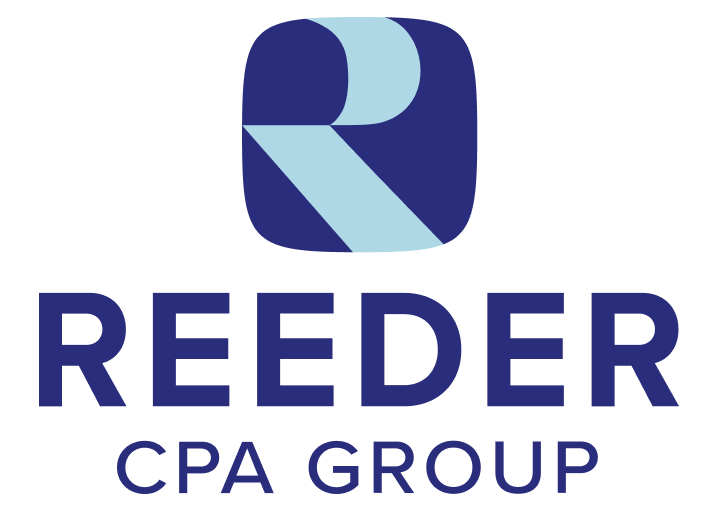When it comes to funding a new business venture, entrepreneurs have various options to choose from, including loans, venture capital, and personal investments. However, one option that is becoming increasingly popular is the Rollovers for Business Startups (ROBS) structure. At Reeder CPA Group, we work with entrepreneurs to explore the potential benefits and considerations of using a ROBS entity structure.
The Process of Setting Up a ROBS Entity Structure
Setting up a ROBS entity structure involves creating a new C corporation that will act as the operating entity for the business. The entrepreneur then establishes a new 401(k) plan for the corporation and rolls over their existing retirement funds into the new plan. The funds in the new 401(k) plan are then used to purchase stock in the new corporation.
To comply with IRS regulations, the entrepreneur must be an employee of the new corporation and receive a salary, including benefits such as health insurance, a 401(k) match, and other employee benefits.
Benefits of a ROBS Entity Structure
ROBS entity structure has several potential benefits, including:
- No Debt: entrepreneurs can fund their business without taking on any debt, which can be beneficial for businesses with weak credit history.
- Tax Benefits: entrepreneurs can avoid paying taxes or penalties on early withdrawals, which can provide significant tax savings, especially if they would have otherwise faced early withdrawal penalties.
- Control: entrepreneurs have complete control over the funds and the direction of the business.
- Equity: entrepreneurs can maintain equity in their business, rather than giving up a portion of the company to outside investors.
- Exemption from Prohibited Transaction Rules: ROBS structures are exempt from the prohibited transaction rules of the Employee Retirement Income Security Act of 1974 (ERISA). This means that as long as the ROBS transaction is structured properly, the entrepreneur can use their retirement funds to purchase stock in their business without running afoul of ERISA’s rules.
Considerations for a ROBS Entity Structure
While a ROBS entity structure can offer benefits, it also has several considerations, including:
Complexity: setting up a ROBS entity structure can be a complex process. We can provide guidance on steps one can take to utilize the ROBS entity structure
Risk: using retirement funds to start a business can be risky, and it can deplete retirement savings if the business is not successful.
Regulations: entrepreneurs must comply with strict guidelines regarding the use of retirement funds and the operation of the new corporation to comply with IRS regulations.
Fees: there are typically fees associated with setting up and maintaining a ROBS entity structure, including legal and administrative fees.
Conclusion
Using a ROBS entity structure can be an alternative way to fund a new business venture without taking on debt or giving up equity to outside investors. However, it’s essential to carefully consider the potential risks and complexities of this structure and work with experienced professionals to ensure compliance with IRS regulations. Contact our Reeder CPA Group team to learn more about how a ROBS entity structure can provide entrepreneurs with a unique and tax-efficient way to finance their business.

